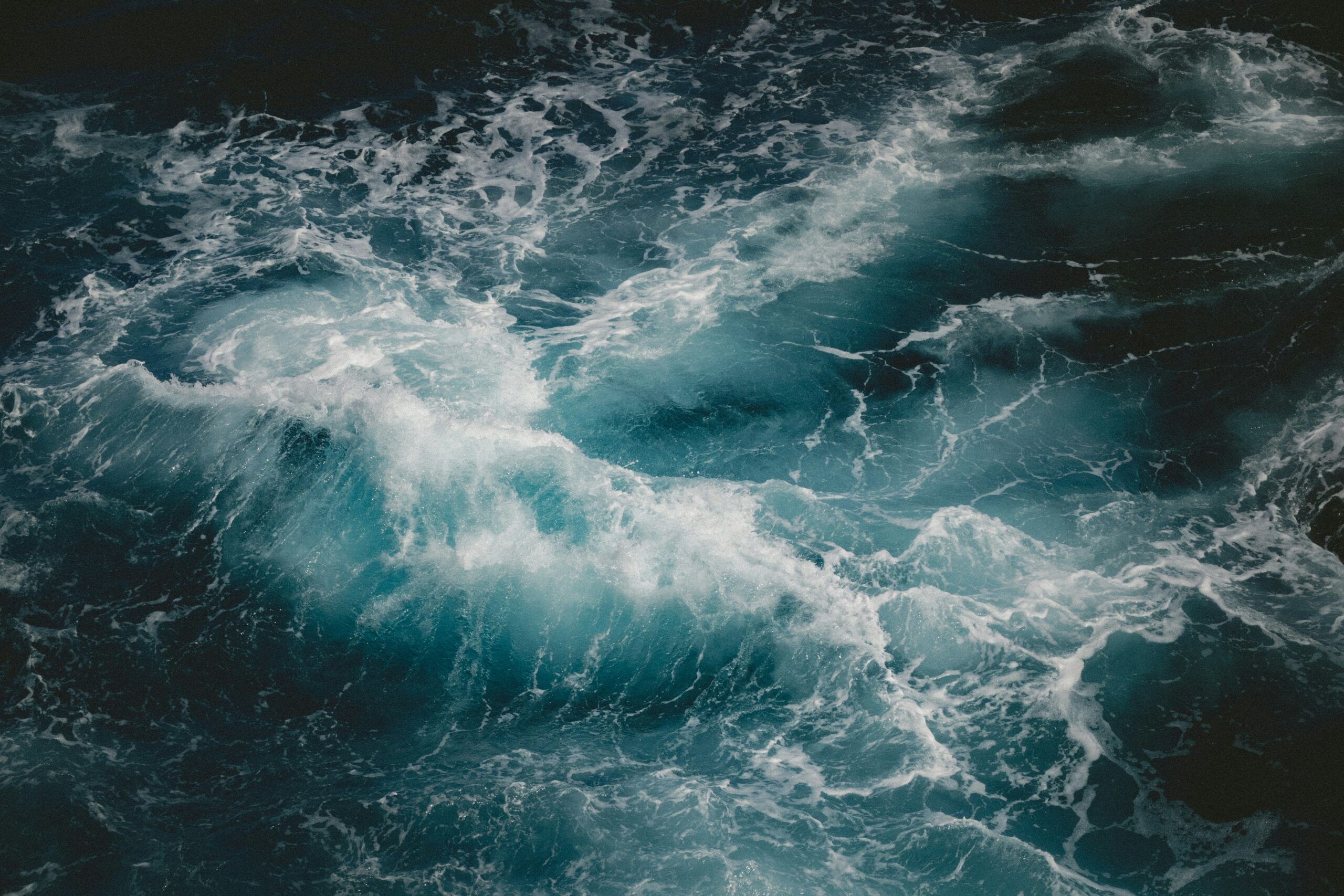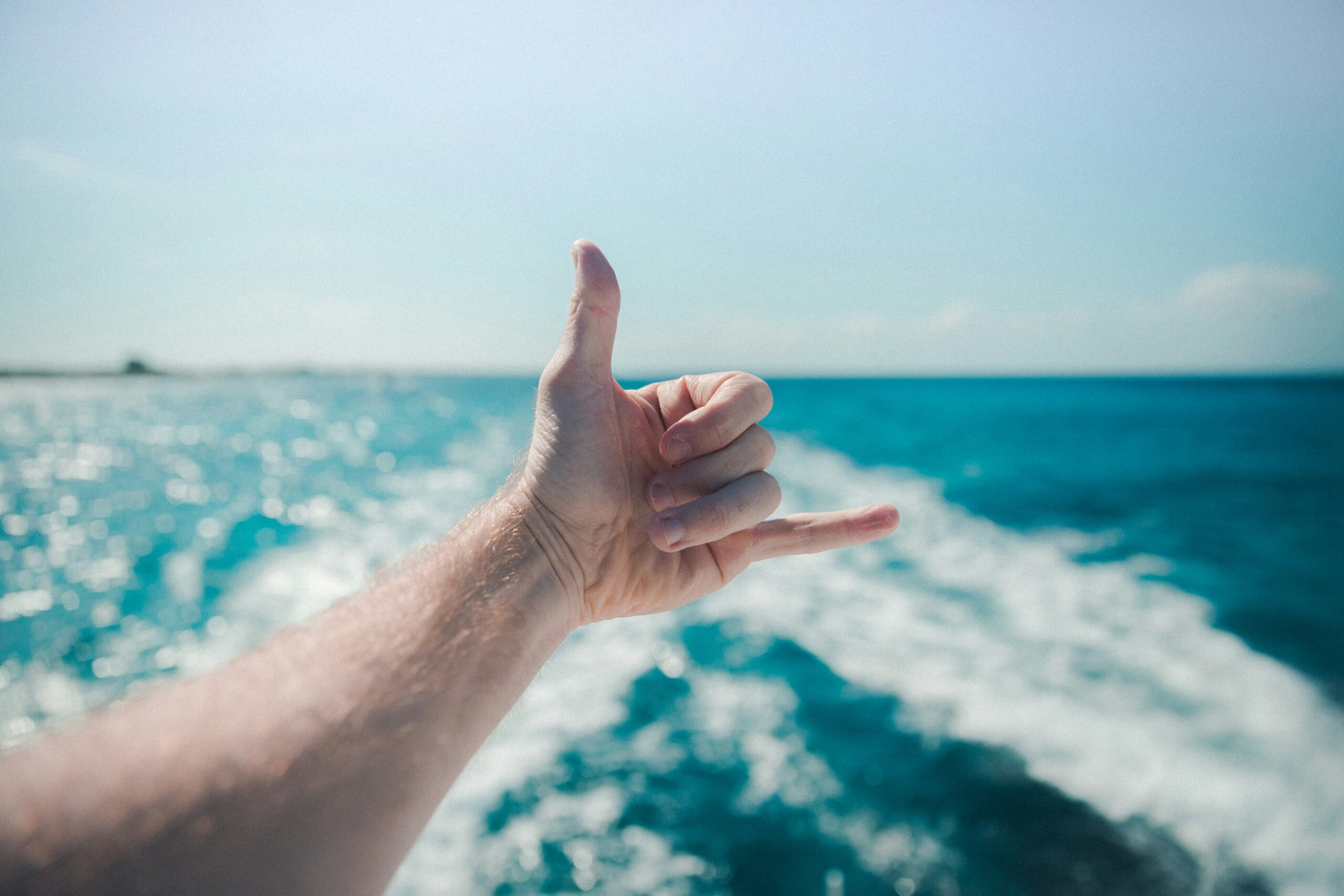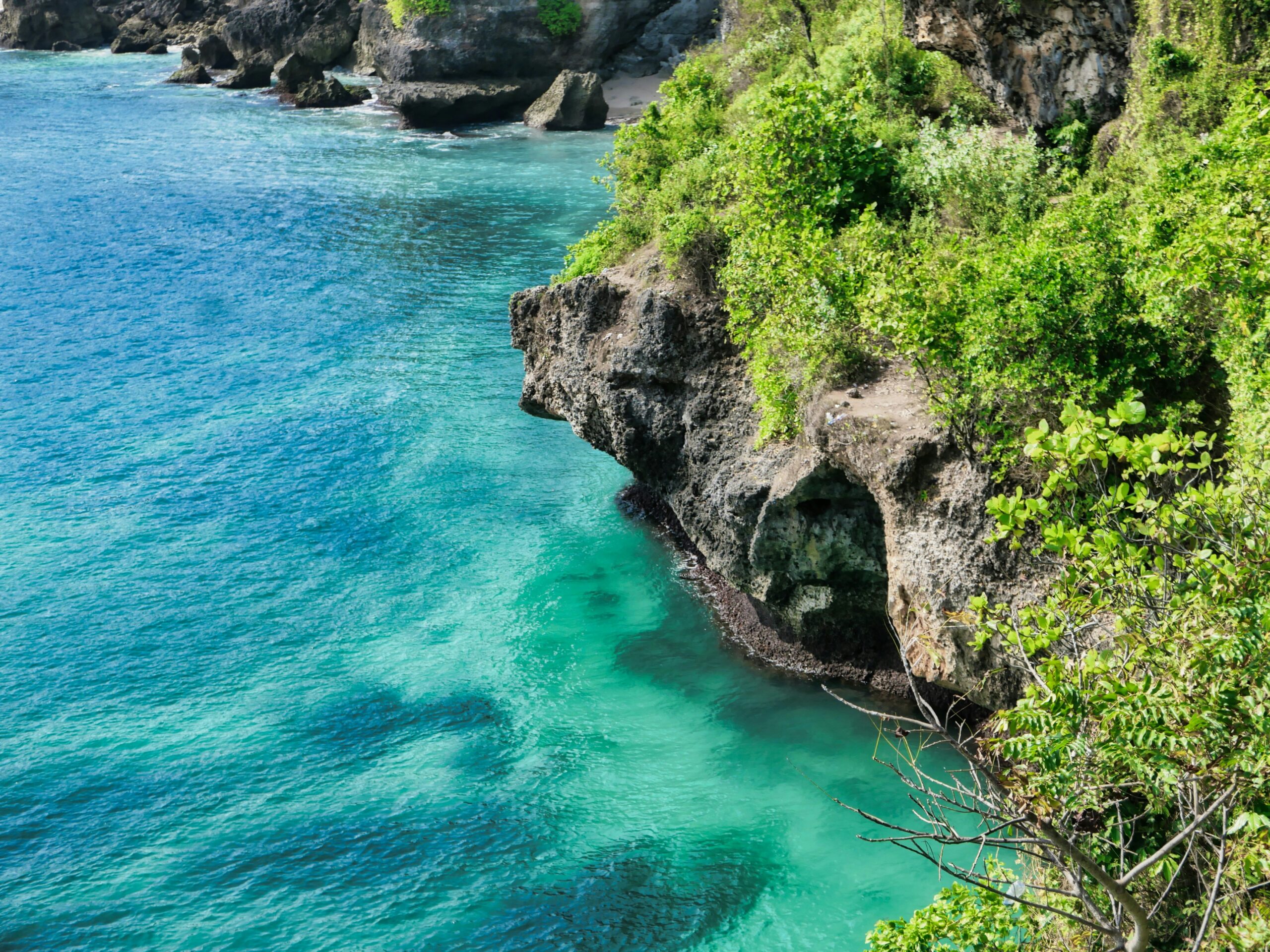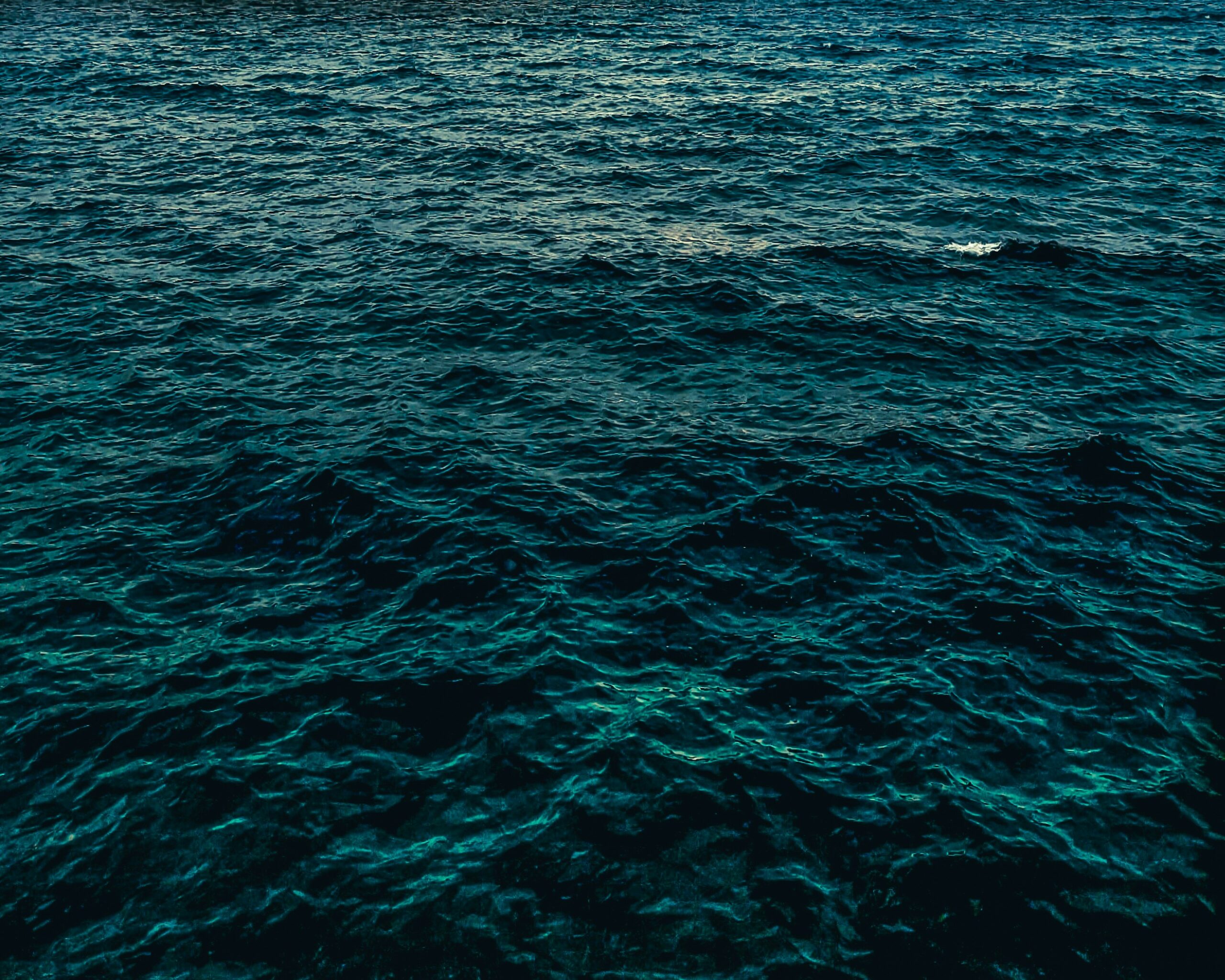Ocean waves are one of the most recognizable features of the sea, yet they vary significantly depending on the location, weather, and geographical conditions. From the gentle ripples of the Mediterranean to the massive swells of the North Atlantic, different seas experience unique types of waves due to varying factors like wind patterns, tides, and underwater topography. Understanding the types of ocean waves in different seas can deepen our appreciation of the world’s diverse marine environments and help us navigate or enjoy them more safely. In this guide, we will explore the types of waves commonly found in different seas around the world.
Types of Ocean Waves
Ocean waves come in various forms, shaped by a range of factors such as wind, tides, and seismic activity. Broadly speaking, waves can be classified into several types:
- Wind Waves: Generated by the wind blowing across the surface of the water, these are the most common waves seen in seas and oceans. They range from small ripples to large swells, depending on wind speed, duration, and the size of the water body.
- Tidal Waves: Caused by the gravitational pull of the moon and the sun, these waves result in the periodic rising and falling of sea levels (tides). They are generally slow and predictable, but they affect the size and behavior of other waves.
- Swell Waves: These are long, rolling waves that travel across the ocean’s surface, often generated by distant storms. Unlike wind waves, swell waves are smooth and carry energy over long distances.
- Tsunami Waves: Produced by underwater seismic activity like earthquakes or volcanic eruptions, tsunamis are rare but extremely powerful waves that can cause massive coastal damage.
- Rogue Waves: Rare and unpredictable, these massive waves appear suddenly and can be much larger than surrounding waves. They occur due to a combination of wind, current, and wave interaction.
Now, let’s explore how these waves manifest in different seas across the world.

1. The North Atlantic Ocean
The North Atlantic Ocean is notorious for its large, powerful waves, particularly during storm seasons. This area is known for producing some of the world’s biggest swells, driven by strong winds, deep waters, and frequent low-pressure systems.
- Swells: The North Atlantic is famous for its long-period swell waves, which can travel thousands of miles from storms in the North Atlantic, reaching shores from the UK to the east coast of the United States.
- Rogue Waves: The North Atlantic is also one of the hotspots for rogue waves due to the convergence of strong currents and wind-driven swells. These freak waves can be extremely dangerous for ships and offshore structures.
- Wind Waves: During winter, powerful storms generate steep, chaotic wind waves, making the North Atlantic one of the roughest oceans for navigation.
2. The Mediterranean Sea
The Mediterranean Sea is a smaller, enclosed body of water compared to the open oceans, which gives it distinct wave characteristics.
- Wind Waves: The Mediterranean experiences frequent wind waves, especially due to the Mistral (a cold wind from France) and the Sirocco (a hot wind from Africa). These winds can quickly generate short, steep waves that are often choppier than ocean swells.
- Swell Waves: Swell waves in the Mediterranean are generally much smaller than in open oceans, with a shorter wavelength and less energy, though they can still reach significant heights during storms.
- Seiches: The Mediterranean can experience seiches, a type of standing wave caused by atmospheric pressure changes. These can cause water levels to oscillate in enclosed bays or harbors.
3. The Indian Ocean
The Indian Ocean is known for its warm waters and seasonal wave variations influenced by monsoon winds and cyclones.
- Monsoon Waves: The Indian Ocean experiences large wind-driven waves during the Southwest Monsoon (June to September), especially along the western coasts of India and Sri Lanka. These waves can reach impressive heights, making the seas rough for navigation.
- Cyclone Waves: Tropical cyclones in the Indian Ocean create massive, dangerous waves that can travel far from the storm center. These waves often cause coastal flooding and erosion in places like the Bay of Bengal and the Arabian Sea.
- Swell Waves: Swells originating in the Southern Indian Ocean often reach the coasts of Africa, Indonesia, and Australia, providing excellent conditions for surfing in areas like the Maldives and Western Australia.
4. The Pacific Ocean
The Pacific Ocean, the world’s largest ocean, has a wide variety of wave types due to its vast size and complex wind patterns.
- Swell Waves: The Pacific is famous for its long-period swells that travel across thousands of miles. These waves are generated by storms in both hemispheres and are particularly prevalent on the coasts of Hawaii, California, and New Zealand. Swell waves here can be enormous, especially in surfing spots like Hawaii’s North Shore.
- Tsunami Waves: The Pacific Ocean, located along the Ring of Fire, is highly prone to tsunamis caused by undersea earthquakes and volcanic eruptions. Japan, Chile, and Indonesia are particularly vulnerable to these destructive waves.
- Wind Waves: Typhoons in the western Pacific generate strong wind waves that can be devastating to coastal areas in countries like the Philippines and Japan.
- Rogue Waves: While rare, rogue waves have been reported in the Pacific, particularly around regions where strong ocean currents like the Kuroshio Current interact with wind and swells.
5. The Southern Ocean
The Southern Ocean surrounds Antarctica and is one of the most extreme marine environments on Earth. It is known for its frigid waters, powerful winds, and massive waves.
- Swell Waves: The Southern Ocean generates some of the world’s largest and most powerful swells. With virtually no land to block the wind, the Roaring Forties and Furious Fifties latitudes produce consistent, large swell waves that travel northward to impact continents like South America and Australia.
- Wind Waves: Due to constant high winds, the Southern Ocean experiences large, steep wind waves. These waves, combined with swells, make this ocean one of the most treacherous for sailors.
- Iceberg Waves: In some areas, waves interact with drifting icebergs, creating unique and often dangerous conditions. Waves in these regions can be unpredictable due to the cold temperatures and the presence of floating ice.
6. The Caribbean Sea
The Caribbean Sea is typically calmer than the Atlantic, but it still experiences significant wave action, particularly during hurricane season.
- Wind Waves: Trade winds generate consistent wind waves, especially on the eastern shores of islands like Puerto Rico and the Virgin Islands. These waves are usually moderate, making the Caribbean a popular destination for sailing.
- Hurricane Waves: During hurricane season (June to November), the Caribbean can experience large, destructive waves driven by powerful tropical storms. These waves often cause coastal erosion and damage to infrastructure.
- Swell Waves: Swells generated by distant Atlantic storms often reach the Caribbean’s north coast, particularly affecting the northern parts of the Lesser Antilles and Jamaica.
7. The Arctic Ocean
The Arctic Ocean is cold, ice-covered, and generally experiences smaller waves due to the limited open water and harsh climatic conditions. However, as sea ice continues to decline due to climate change, the wave dynamics in the Arctic are changing.
- Wind Waves: Wind waves in the Arctic are generally smaller due to the ice coverage, but during summer months when the ice recedes, wind waves can develop in open water areas.
- Iceberg and Pack Ice Waves: In regions where ice is breaking up, waves interacting with large icebergs or pack ice create unique and often unpredictable conditions.
- Swell Waves: Swells in the Arctic are rare, but as ice coverage decreases, more open water allows for the formation of larger swell waves, especially during storms.
Conclusion
The types of ocean waves vary dramatically depending on the location, from the towering swells of the North Atlantic to the gentle, wind-driven waves of the Mediterranean. Factors such as wind patterns, geographical features, and climate conditions play crucial roles in shaping the waves in each sea. Understanding these differences can enhance our appreciation of marine environments and help us better prepare for activities such as sailing, surfing, or even photography.
FAQs
- What is the difference between wind waves and swell waves? Wind waves are created by local winds and tend to be shorter and choppier, while swell waves are long, rolling waves generated by distant storms that travel over long distances.
- Which seas have the biggest waves? The North Atlantic, Pacific, and Southern Oceans are known for producing some of the world’s largest and most powerful waves due to strong winds, open water, and frequent storms.
- Can rogue waves occur in any sea? Yes, rogue waves can occur in any sea or ocean, though they are more common in areas with strong currents and wind patterns, such as the North Atlantic.
- How does climate change affect waves in the Arctic Ocean? As the Arctic sea ice melts, there is more open water, which allows for the formation of larger wind waves and swells, especially during storms.
- What type of waves should I expect in the Caribbean Sea? The Caribbean experiences moderate wind waves year-round, with larger and more dangerous waves during hurricane season.



